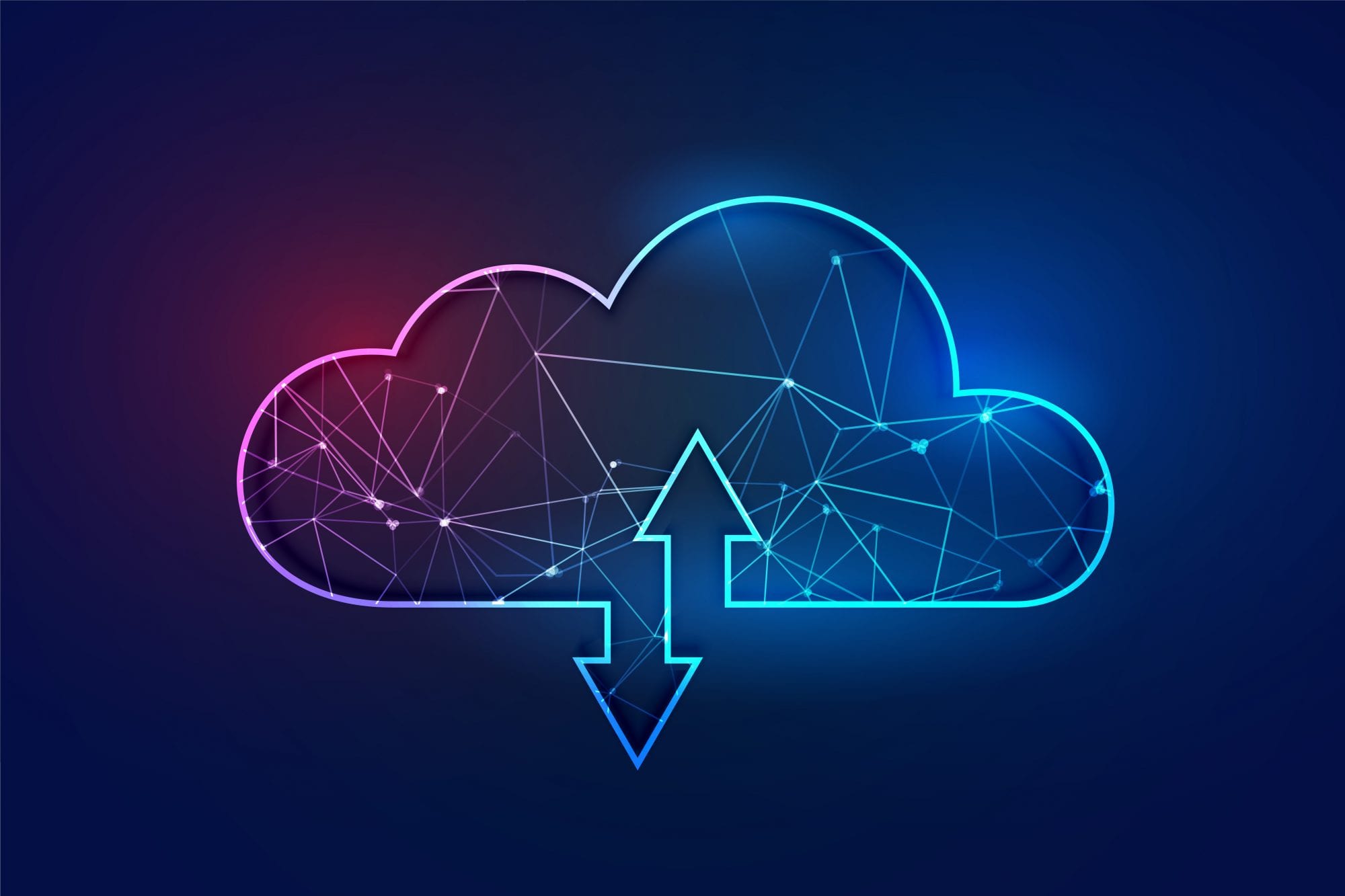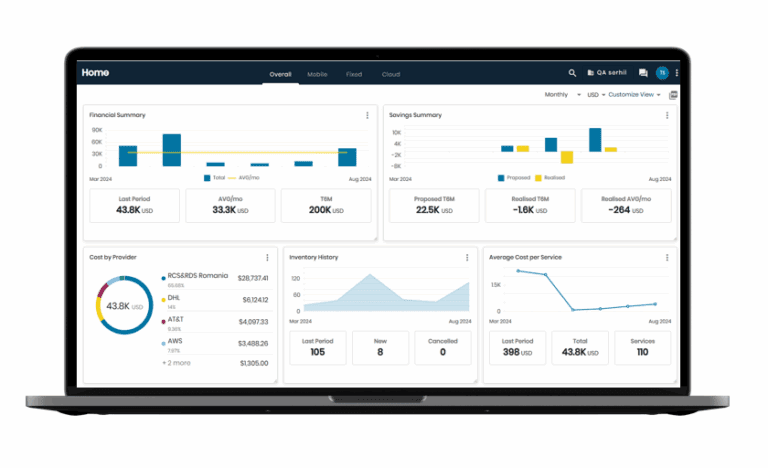Several years ago, very few people had heard of the term “cloud”—at least as a technical reference. The cloud, or cloud expense management, refers to a virtual infrastructure accessed by the internet. Another cloud-related term is “infrastructure as a service” or IaaS. This refers to the way that companies deliver cloud computing services to customers, allowing them to tap into information stored in the cloud. Customers can get storage space and networking services on demand. As opposed to days of old when people had to pay for a physical infrastructure to manage and store their data, they can now avail themselves of an IT infrastructure instead.
The IaaS industry has grown to meet the various needs of many companies and individuals. There are several advantages to IaaS, primarily that it has a cheap upfront cost. It allows a company the flexibility to grow its IT infrastructure when needed, or as the demand dictates. This means that a company doesn’t have to wait around for more networking or storage options. There is no delay or lag time as they wait for more computers and networking infrastructure. Rather, the infrastructure is up and running as soon as they need it, whenever they need it. Companies can scale up their servers in real-time as demand necessitates.
The Infrastructure
The cloud infrastructure may include:
- Virtual servers
- Virtual PCs
- Virtual memory
- Virtual storage areas
- Virtual network switches
So basically, you have the same components of a computer network without the physical components that require space and upkeep. It’s a headache-free solution with the cloud provider doing the heavy lifting for you so you can focus on other pressing tasks. As an additional perk, your data and apps operate with almost zero downtime.
Options
Depending on the needs of your organization, you can choose the cloud infrastructure that is best suited to you. Options include:
Public. Public cloud infrastructure is a service purchased from a provider, whether it be Google Cloud Platform (GCP), Azure (Microsoft), or Amazon Web Services (AWS). You can sign up for these services, requesting specific features as needed by your organization. In most cases, infrastructure can be added upon request. The hardware is owned and maintained by the service provider—not the client.
Private. The private cloud, on the other hand, is built with company hardware and resides on or near the company’s server farm. The perks of this option include the fact that it is more secure than a public cloud. The drawbacks are in the upkeep. Because the company owns the hardware, they are responsible for maintaining it. A private cloud solution can be more expensive to set up. Additionally, if you decide that you want to expand, you can’t simply call your cloud provider. You will need to purchase and install components on your own.
Combination. Some companies opt for a hybrid of both of the above options, maintaining some cloud infrastructure privately and depending on public providers for other cloud needs. This can provide the best of both worlds, with less-sensitive data in the public cloud where the company doesn’t have to worry about the maintenance of its infrastructure. The other data can be managed through a private cloud infrastructure, allowing for a high degree of security and tailored solutions. On occasion, there may be some compatibility issues stemming from the use of different hardware and software solutions. Companies that opt for the hybrid option must be prepared to troubleshoot these challenges.
The cloud presents countless opportunities that are revolutionizing the way that companies transmit and store data. The multiple options for cloud computing allow companies to be as hands-on or hands-off as they want to be with their cloud management.
brightfin’s robust cloud monitoring tools can provide clarity and actionable insights, contact us to learn more!



